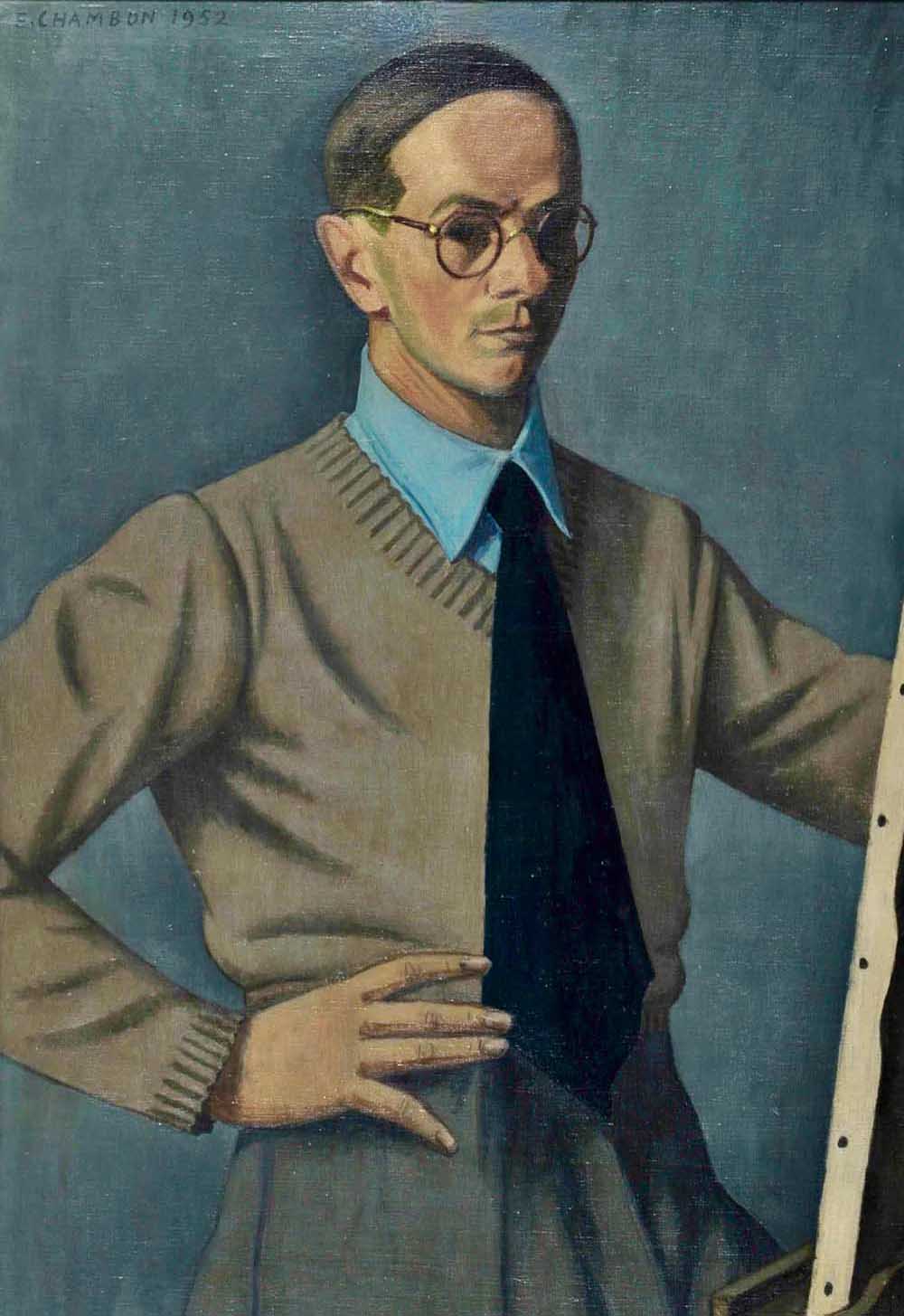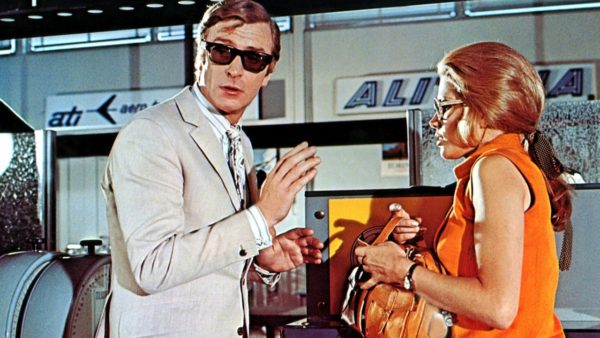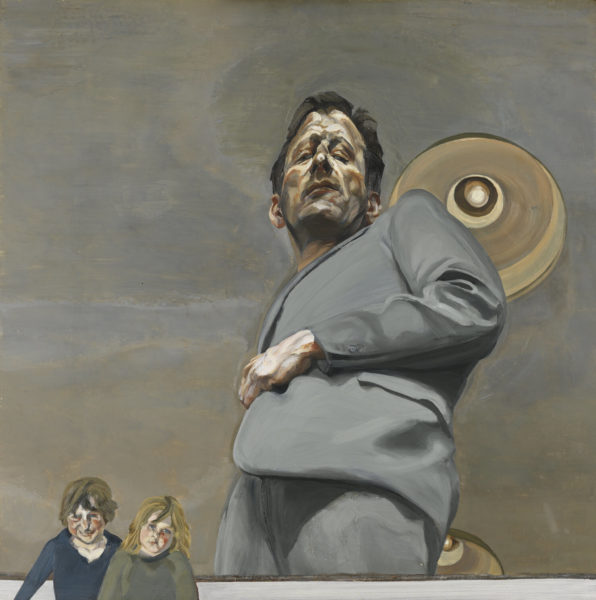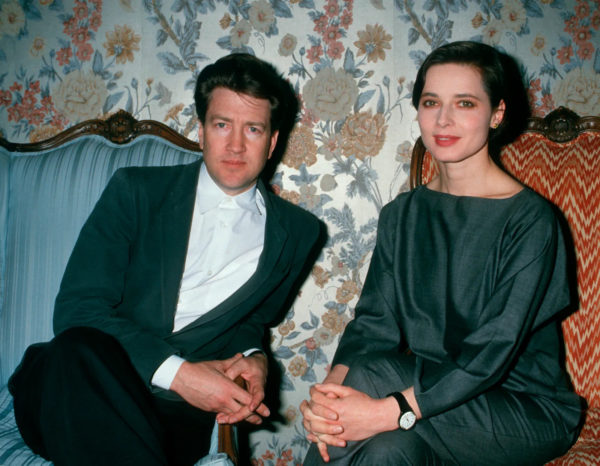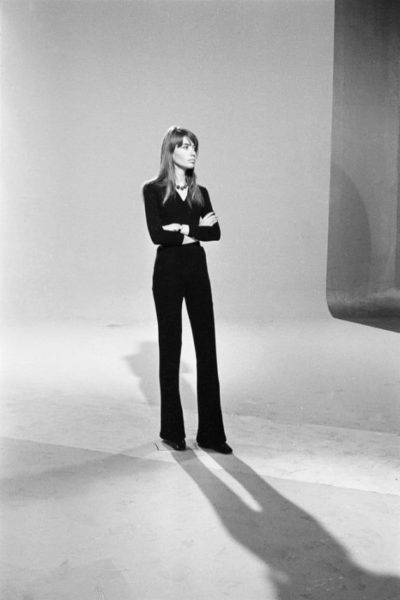Sweaters have long been considered as humble pieces of men’s wardrobe, coming from common origins and of simple confection. They still entered the wardrobe of sovereigns, intellectuals, painters and singers throughout the 20th century.
Sweaters for sports and leisure of the aristocratic classes
In 1921, the Prince of WalesGlen Urquhart tile pattern overlaid with a window tile patte More and future Edward VIII wears a sweater with Fair Isle patterns during his golf games in order to promote British products. The Prince’s stylistic influence is such that the sweater – V-neck and crewneck – becomes the trend to follow. Its affordability allowed the sweater to be adopted by all classes of society. Sportsmen adopted the cricket jumper, a cream-colored sweater made of a twisted knit with a V-neckline and a colored band. The cricket jumper was also worn by upper-class men, while workers preferred the Fair Isle pattern.
The 1920s saw the heyday of the V-neck sweater. Popular with young people, it was available in a wide variety of busy patterns or plain ones in very bright colors. By the end of the decade, the colors and patterns became wiser while the crewneck gradually displaced the V-neck.
Sweaters: a fashion garment for the youth
In the 1960s, Maurice Renoma, coming back from London – the fashion Mecca led by the Beatles and Carnaby Street – revived this timeless sweater by advising his Parisian clients to wear their velvetcotton fabric with a complex weave, it is composed of a simp More jackets over shetland mini-sweaters in intense, bright and acidic colors. St. Germain’s minets go out wearing “shaggy dogs” that reach above the belt buckle.
These same sweaters are worn shabby, torn, stapled with protest slogans by the English punk scene of the early 80s. If the English aristocracy imported their sweaters directly from Scotland, the working youth of Manchester scoured the thrift shops for sweaters, often worn out, rarely in their size.
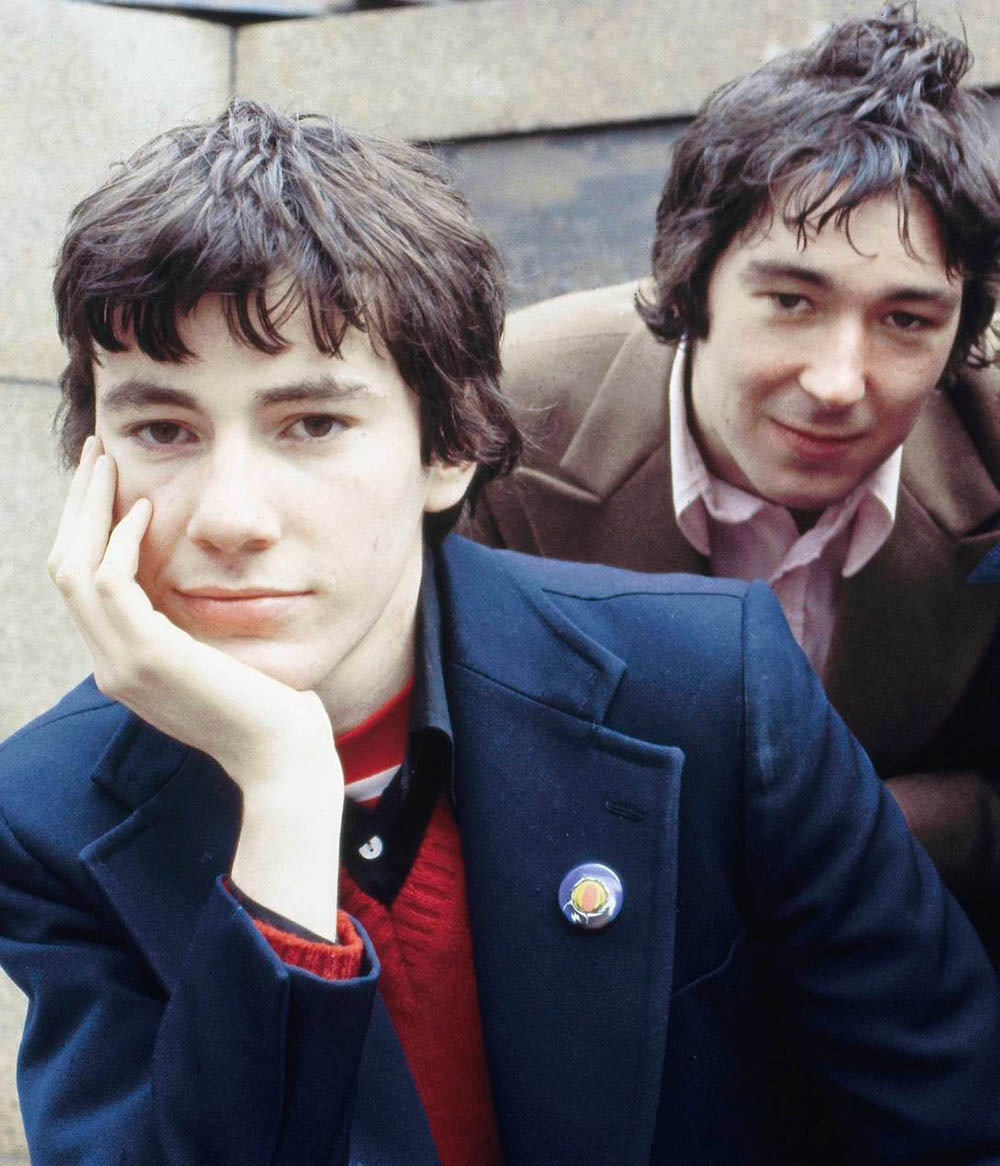
COSTELLLO, Fin, phot. BUZZCOCKS. Manchester, United Kingdom. 1978.
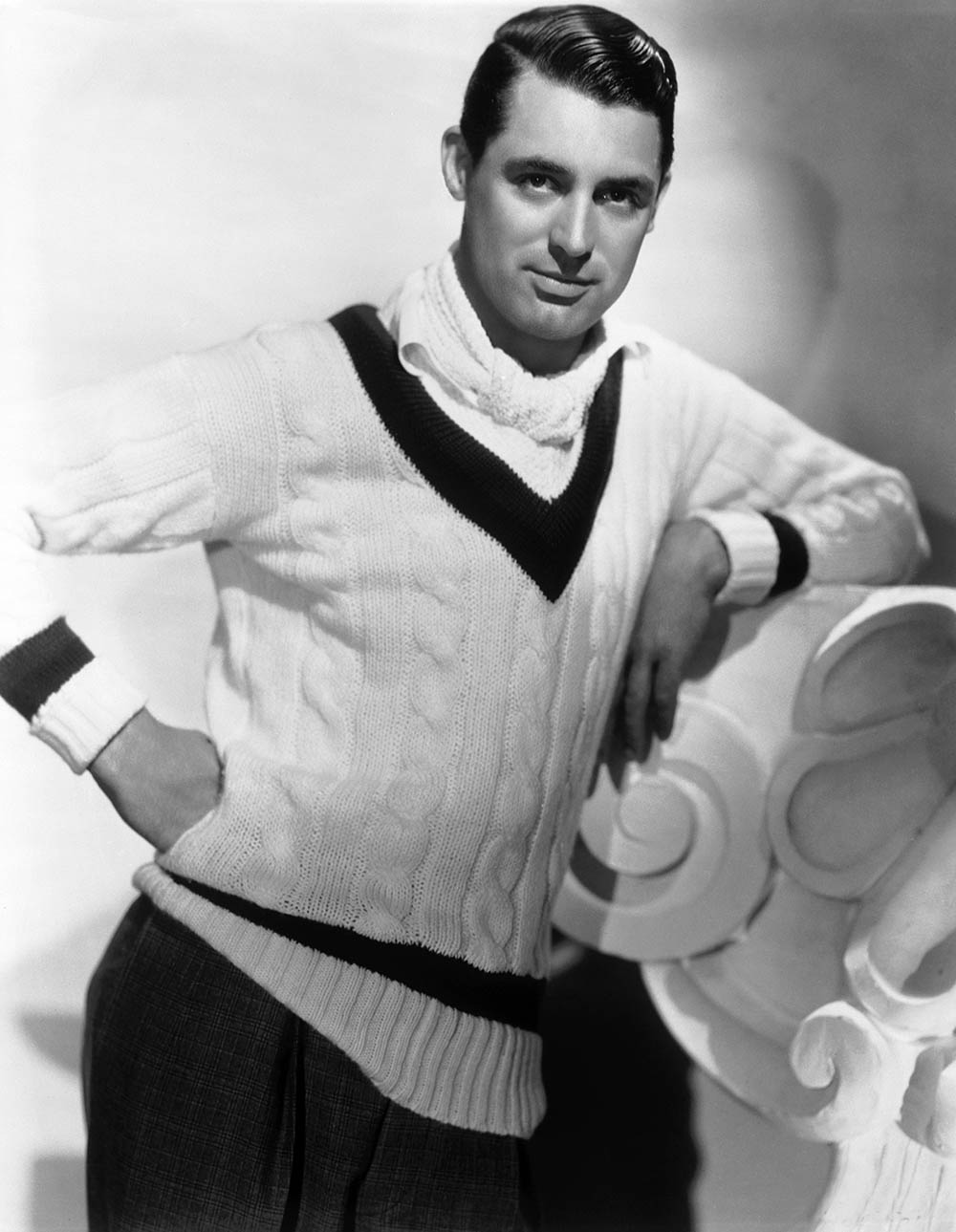
GRANT, Cary. 1934.

ARGENTO, Diego. London, United Kingdom. 1974.

CHAMBON, Émile. Paris, France. 1960.
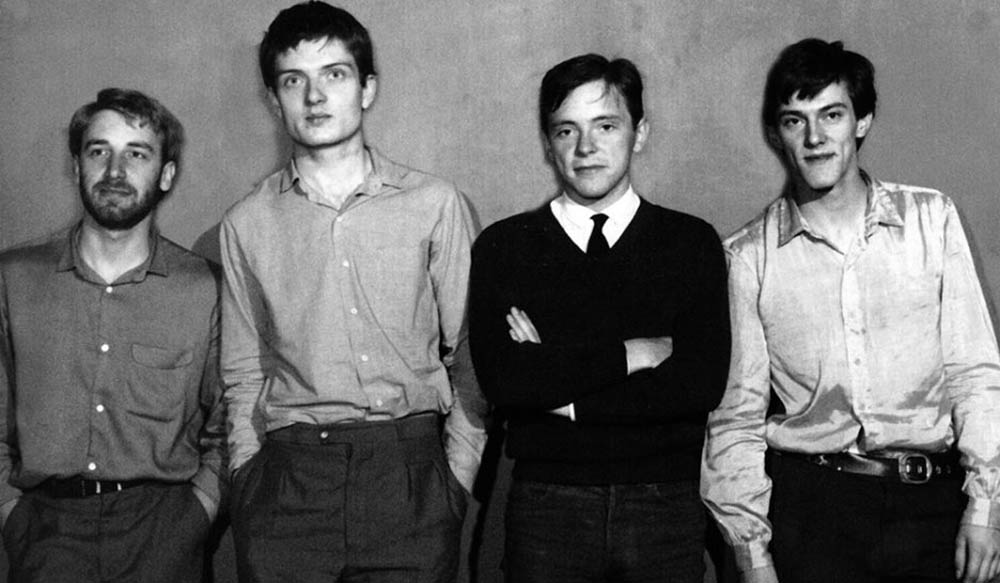
JOY DIVISION. Manchester, United Kingdom. 1979.
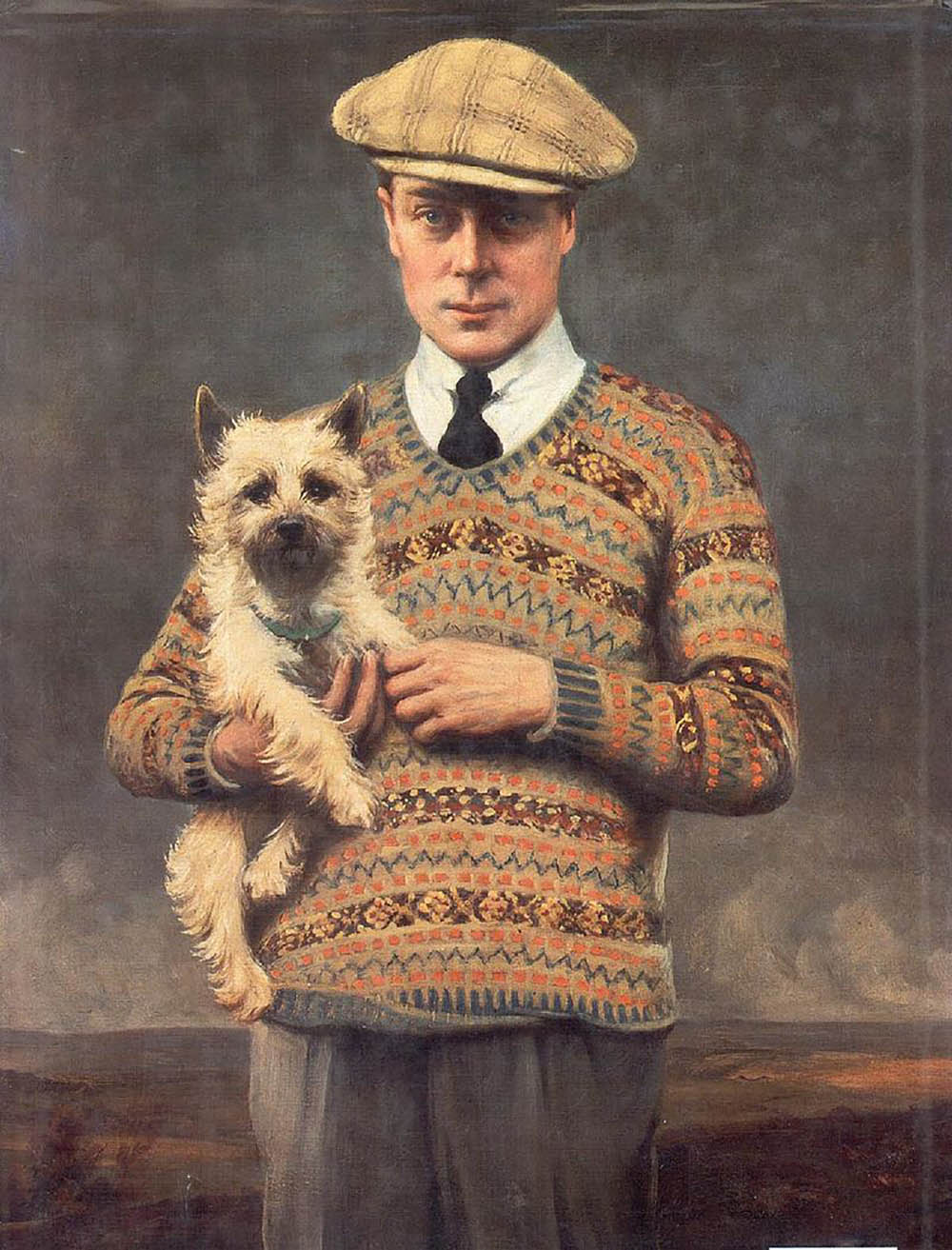
SAINT-HÉLIER LANDER, John, art. Edward VIII. oil on canvas. 92.1 x 71.6 cm. 1921.
- COTTON« Soft, but with weight. Relaxed, but never shapeless. It carries memory in its creases. »
- LUCIAN FREUD« from borrowed suits to bespoke tailoring, Freud’s fashion choices evolved with his art »
- DAVID LYNCH« The oddest of Americans, the most American of oddballs, Lynch was a man with a uniform. »
- THE FLARED TROUSER
